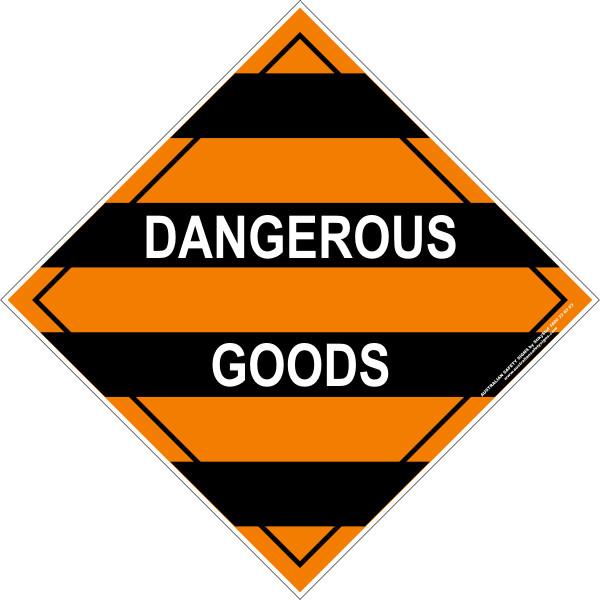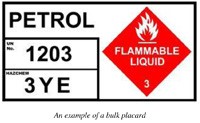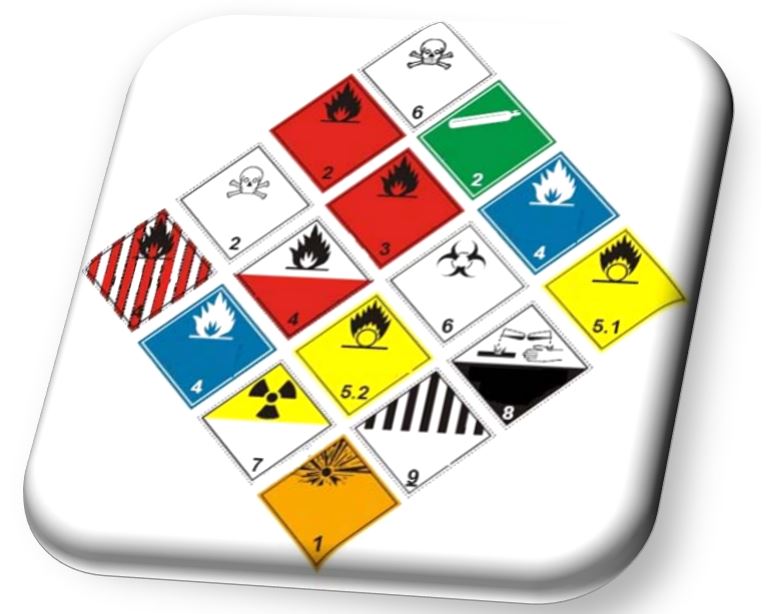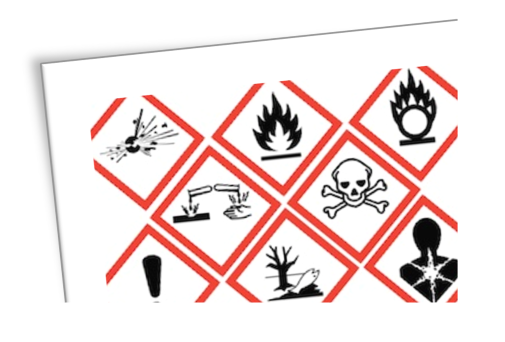In regulatory terms “hazardous substances” have the potential to harm human health. They may be a solid, liquid or gas. Hazardous substances may cause immediate harm or long term health effects and the exposure could result in:
- Poisoning;
- Irritation;
- Chemical Burns;
- Sensitisation;
- Cancer;
- Birth Defects; or
- Diseases of certain organs such as the lungs, liver, kidneys and/or nervous system.
Dangerous goods however are classified according to their immediate physical or chemical effects such as fire, explosion, corrosion and poisoning that may affect property, the environment or people. Dangerous goods are defined as substances that may be corrosive, flammable, explosive, spontaneously combustible, toxic, oxidising or water-reactive.
Dangerous goods and hazardous substances are covered by different legislation, each focuses on controlling the different risks associated with them. Many hazardous substances are also classified as dangerous goods, and in these cases both areas of legislation apply.

Dangerous Goods Classes and Divisions
Ever driven past a fuel truck and wondered what all those number and letters meant and what’s with that diamond with the flames or the skull and cross bones? Well as you have guessed it does mean that there is a dangerous substance on board. Here is a brief overview of the different classes and subdivisions of dangerous goods in Western Australia:
Class 1 – Explosives
Class 2 – Gases: This class includes the subdivisions 2.1 Flammable Gasses; 2.2 Non-Flammable Gases, Non-toxic Gases; and 2.3 Toxic Gases.
Class 3 – Flammable Liquids.
Class 4 – Flammable Solids and other Reactive Substances: 4.1 Flammable Solids, including all forms of sulfur; and 4.2 Substances liable to spontaneously combust; 4.3 Substances that in contact with water emit flammable gases.
Class 5 – Oxidising substances, organic peroxides: 5.1 Oxidising substances; and 5.2 Organic peroxides.
Class 6 – Toxic substances and infectious substances: 6.1 Toxic substances; and 6.2 Infectious substances.
Class 7 – Radioactive Material
Class 8 – Corrosives substances
Class 9 – Miscellaneous dangerous goods and articles

Now we understand what the diamond tell us, what about the letters and numbers? The placards you see on the sides of trucks legally must contain the following information:
- the proper shipping name
- UN number
- HAZCHEM code
- Australian Dangerous Goods (ADG) Code class label, and
- Subsidiary risk label (if applicable). For more than one subsidiary risk, the width of the area on the right hand side for the subsidiary risk label may be extended.
The HAZCHEM code is a three-character code on the bottom left corner that advises the emergency response team how they need to approach the substance on board. Using the example above, this would indicate to a fire brigade:
- 3= Use foam;
- Y= The substance can be violently, or explosively reactive, and breathing apparatuses are required and fire kits to contain; and
- E= that the substance is a public safety hazard.
Dangerous Goods Legislation
What legislation applies to dangerous goods in Western Australia? There are 7 pieces Act and regulations that apply to the manufacture, storage, handling, transport, and use of dangerous goods in Western Australia, these includes the operation of major hazard facilities, and these are:
- Dangerous Goods Safety Act 2004
- Dangerous Goods Safety (storage and Handling of Non – explosives) Regulations 2007
- Dangerous Goods Safety (Major Hazard Facilities) Regulations 2007
- Dangerous Goods Safety (Road and Rail Transport of Non-explosives) Regulations 2007
- Dangerous Goods Safety (Explosives) Regulations 2007
- Dangerous Goods Safety (Security Sensitive Ammonium Nitrate) Regulations 2007 and
- Dangerous Goods Safety (General) Regulations 2007

Hopefully this blog has given you an insight on the difference between dangerous goods and hazardous substances / wastes, while also giving you a bit of information on the transportation and the legislation for dangerous goods. If you need additional support with dangerous goods in your workplace or at home, do not hesitate to call Integrate Sustainability on 08 9466 0338 or email us at enquiries@integratesustainability.com.au.

